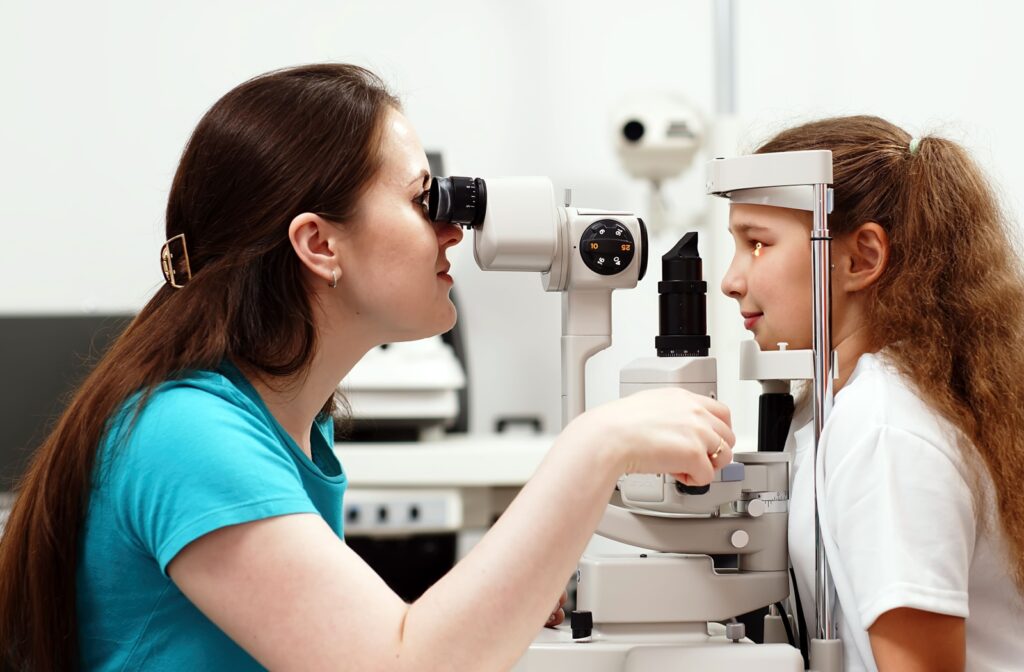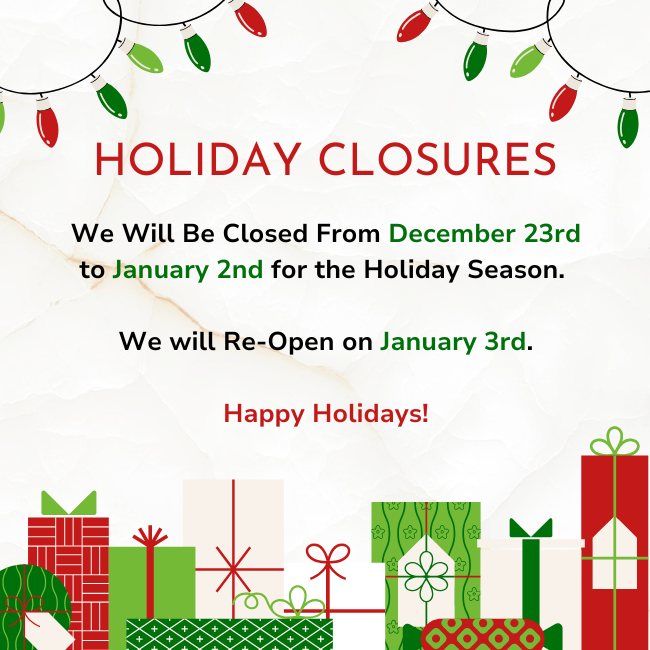Considering an eye exam in London, Ontario? Expect a comprehensive assessment covering both your vision and eye health—from checking your sight to screening for conditions like glaucoma, cataracts, and diabetes-related issues. A full exam typically takes 30–60 minutes, though it can be longer for children’s first visits or adults managing chronic conditions.
Whether you’re booking a standard check-up or have specific concerns, knowing what to expect helps you feel more prepared and at ease. Here’s a guide to the steps, preparation, and follow-up involved in a typical eye exam.
Before Your Appointment: Preparation & Medical History
Your experience begins before you arrive. When you’re booking your eye exam, our front-desk team may ask a few questions about your medical and vision history—and they may provide an estimated duration for your appointment.
Be ready to share:
- Any eyeglasses or contact lens prescriptions you’re currently using
- Medical history, including conditions like diabetes, high blood pressure, or autoimmune disorders
- Medications you’re taking—prescription, over-the-counter, or supplements
If you’re a new patient, you’ll likely complete a longer intake form detailing your health history, daily habits, and visual tasks. Providing thorough and honest information helps us tailor the exam to your needs.
During the Exam: Vision Testing & Eye Health Checks
This is when most of the activity happens. Expect a comprehensive sequence of vision and health tests.
1. Visual Acuity Test
You’ll read letters or symbols on a chart at a distance to determine if you need glasses or a change in prescription.
2. Refraction Assessment
Your optometrist will use a phoropter or autorefractor to refine your prescription for glasses or contact lenses.
3. Eye Pressure (Tonometry)
A quick puff of air or handheld tonometer measures the internal pressure of your eye—a key screening for glaucoma.
4. Pupil Dilation & Retinal Exam
Dilating drops may be used to widen your pupils, giving a clear view of the retina, optic nerve, and blood vessels. This helps in detecting early signs of macular degeneration, diabetic retinopathy, or hypertension-related changes.
5. Visual Field & Peripheral Vision
You may be asked to respond to lights or images appearing at the edges of your vision to detect blind spots or damage.
6. External & Anterior Segment Exam
Using bright lights and a slit lamp, your optometrist will examine the cornea, lens, eyelids, and tear film—critical for diagnosing dry eye or cataracts.
7. Specialized Tests (When Needed)
For patients with underlying conditions or high risk factors, your clinic may offer:
- Optical Coherence Tomography (OCT): 3D imaging of retinal layers
- Fundus Photography: High-resolution images of the back of the eye
These tools help detect subtle changes in eye health that could otherwise go unnoticed.
After the Exam: Recommendations & Follow-Up
After your exam, we’ll review our findings and guide you through next steps. You might receive:
- A prescription for glasses or contacts, along with a demonstration of proper use
- Advice on dry eye treatments or eye drop routines
- Referrals for further testing or to a specialist if abnormalities are found
- Recommendations for lifestyle changes to support your vision.
If you’re adapting to new contact lenses or undergoing vision therapy, a follow-up visit may be needed to monitor fit, comfort, and visual progress.

How Often Should You Get an Eye Exam?
Regular exams are essential—not just for updating prescriptions, but for safeguarding your overall health. According to Canadian optometry standards, exam frequency depends on age:
- Children (6–19 years): annually
- Adults (18–64 years): every 2 years, unless risk factors apply
- Seniors (65+ years): annually
These intervals may change if you have diabetes, a family history of eye disease, or ongoing vision concerns. We can help you determine the best schedule to maintain your long-term eye health.
Does OHIP Cover Eye Exams?
In Ontario, OHIP (Ontario Health Insurance Plan) does cover routine eye exams for certain groups:
- Children aged 0–19 years: one full eye exam annually
- Seniors aged 65 and over: one full eye exam annually
- Adults with specific medical conditions, such as diabetes, glaucoma, or retinal disease: OHIP may also cover regular exams for these individuals, regardless of age
For adults aged 20–64 without qualifying conditions, eye exams aren’t covered under OHIP and are typically paid out-of-pocket or through private insurance. If you’re unsure whether you qualify, we can help clarify your coverage before your appointment.
Why Eye Exams Matter Beyond Vision
Eye exams do much more than update prescriptions. They can:
- Detect glaucoma, which may progress without noticeable symptoms
- Spot early signs of cataracts, allowing for timely treatment
- Reveal changes in your retina or macula like age-related macular degeneration or diabetic retinopathy
- Provide insights into overall health. High blood pressure, high cholesterol, and even brain tumours can sometimes be indicated during an eye exam
Most people don’t realize this, but your eye health is often a window to your general health and well-being.
Get Ready for Your Next Eye Exam
Routine eye exams in London, Ontario, are simple, informative, and vital to protecting both your vision and your overall health.
At White Oaks Optometry in London, ON, we welcome families and individuals with warm, comprehensive care. Whether it’s been a while since your last exam or you have a new concern, our skilled team is here to guide you. Book your eye exam today—your vision and well-being deserve the best.



